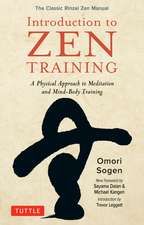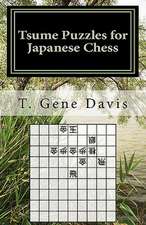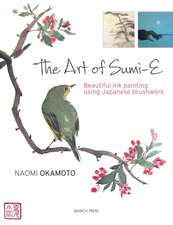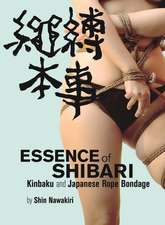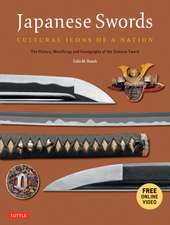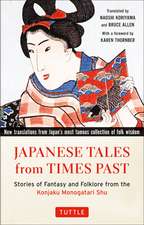Japanese Kanji & Kana: (JLPT All Levels) A Complete Guide to the Japanese Writing System (2,136 Kanji and All Kana)
Autor Wolfgang Hadamitzky, Mark Spahnen Limba Engleză Paperback – 10 apr 2012
Complete, compact and authoritative—this Japanese language book provides all the information needed to learn kanji and kana, including the 92 basic hiragana and katakana phonetic symbols (known collectively as Japanese Kana) and the 2,136 standard Joyo Kanji characters that every Japanese person learns in school. This new and completely revised edition reflects recent changes made to the official Joyo kanji list by the Japanese government.
The kana and kanji are presented in an easy and systematic way that helps you learn them quickly and retain what you have learned and improve your mastery of the Japanese language. The ability to read Japanese and write Japanese is an essential skill for any student and will build on their previous knowledge and improve on their overall capacity to learn Japanese. A concise index allows you to look up the Kanji in three different ways (so the book also serves as a Japanese Kanji dictionary) and extra spaces are provided to allow you to practice writing Japanese.
Japanese Kanji and Kana contains:
- All 2,136 official Joyo kanji with readings and definitions.
- Characters are graded by their JLPT examination levels.
- Up to 5 useful vocabulary compounds for each kanji.
- Brush and pen cursive forms as well as printed forms.
- 19 tables summarizing key information about the characters.
- Kanji look–up indexes by radicals, stroke counts and readings.
Preț: 112.21 lei
Preț vechi: 130.27 lei
-14% Nou
21.47€ • 22.42$ • 17.77£
Carte disponibilă
Livrare economică 14-21 martie
Specificații
ISBN-10: 4805311169
Pagini: 424
Ilustrații: 2,136 kanji charts & stroke order diagrams; 19 inf
Dimensiuni: 152 x 229 x 27 mm
Greutate: 0.73 kg
Ediția:Revizuită
Editura: Tuttle Publishing
Colecția Tuttle Publishing
Recenzii
Notă biografică
Wolfgang Hadamitzky is a freelance author of Japanese language learning materials and has worked as a librarian on the staff of the East Asia Department of the Berlin State Library and of the German Cultural Institute (Goethe Institute) in Tokyo.
Mark Spahn has a background in mathematics, engineering, and computer science and has worked in Japan as a teacher, computer magazine writer, programmer, and translator. He is currently a technical translator and consultant.
Hadamitzky and Spahn are the authors of numerous language learning and reference books including The Learner's Japanese Kanji Dictionary, The Kanji Dictionary and A Guide to Writing Kanji & Kana Books 1 and 2. All of which are available from Tuttle Publishing.
Textul de pe ultima copertă
.
Descriere
This comprehensive book helps you learn the 92 basic Kana characters and 2,136 standard Kanji characters.
Complete, compact and authoritative—this Japanese language book provides all the information needed to learn kanji and kana, including the 92 basic hiragana and katakana phonetic symbols (known collectively as Japanese Kana) and the 2,136 standard Joyo Kanji characters that every Japanese person learns in school. This new and completely revised edition reflects recent changes made to the official Joyo kanji list by the Japanese government.
The kana and kanji are presented in an easy and systematic way that helps you learn them quickly and retain what you have learned and improve your mastery of the Japanese language. The ability to read Japanese and write Japanese is an essential skill for any student and will build on their previous knowledge and improve on their overall capacity to learn Japanese. A concise index allows you to look up the Kanji in three different ways (so the book also serves as a Japanese Kanji dictionary) and extra spaces are provided to allow you to practice writing Japanese.
Japanese Kanji and Kana contains:
- All 2,136 official Joyo kanji with readings and definitions.
- Characters are graded by their JLPT examination levels.
- Up to 5 useful vocabulary compounds for each kanji.
- Brush and pen cursive forms as well as printed forms.
- 19 tables summarizing key information about the characters.
- Kanji look–up indexes by radicals, stroke counts and readings.










